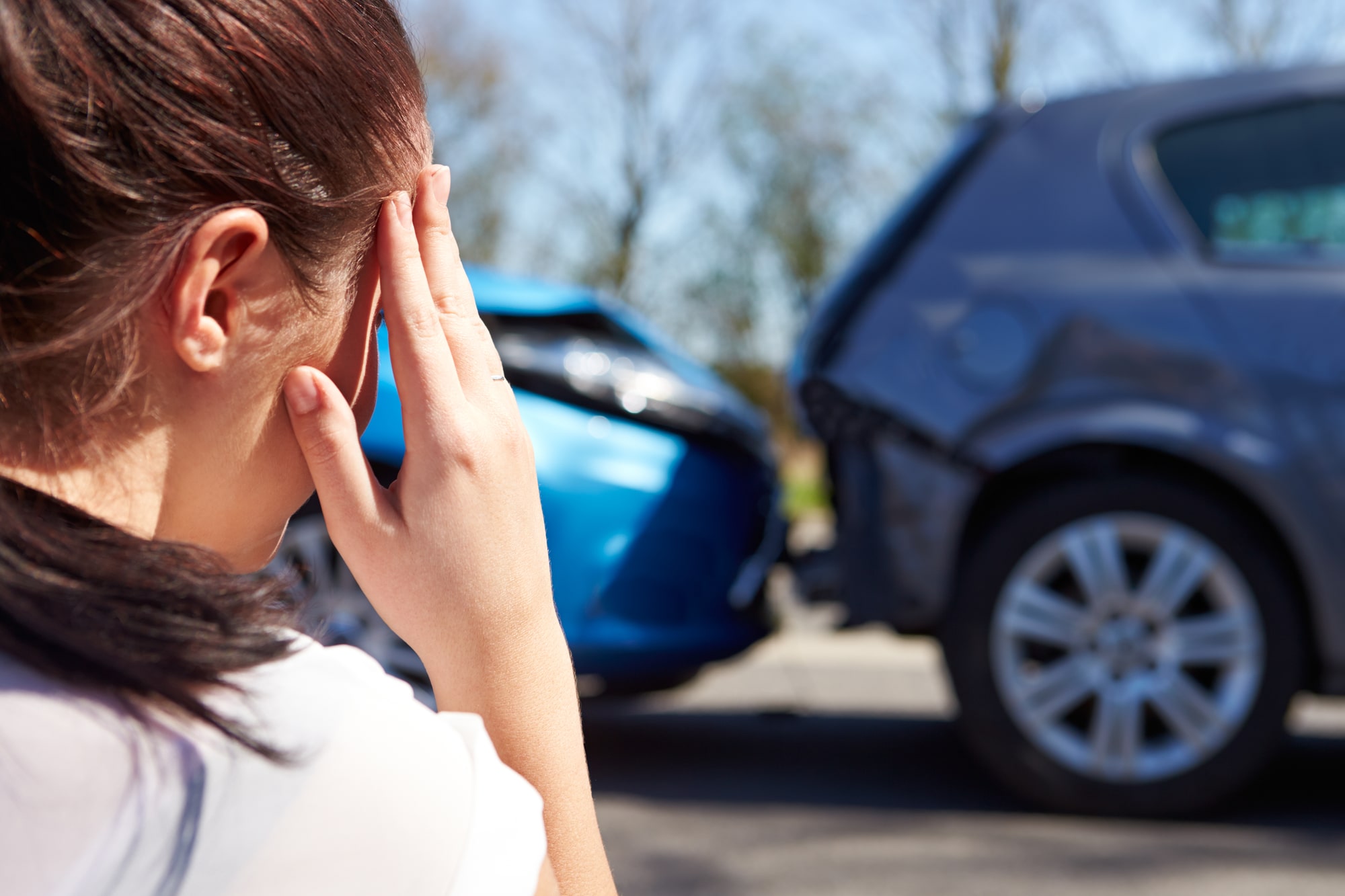In the realm of car accidents, rear-end collisions are among the most common types of crashes as a car accident lawyer can attest. These accidents occur when one vehicle strikes the back of another, often resulting in property damage, injuries, and sometimes fatalities. Determining liability in rear-end collision cases can be complex, involving various factors that must be carefully assessed.
The Basics Of Rear-End Collisions
Rear-end collisions typically occur due to one driver’s failure to maintain a safe distance from the vehicle in front or a lack of attention to the road. Common scenarios include sudden stops, distracted driving, tailgating, or driving under the influence of alcohol or drugs. You might be sitting at a redlight and the driver behind you is busy texting, and they run into the back of your car. A deer may run across the road and you may have to brake, causing the person behind you to have to brake as well. In some cases, you might even be involved in a road rage incident where the other driver is so upset they ram their car into yours. Regardless of the specific circumstances, the driver who rear-ends another vehicle is often presumed to be at fault.
To prove liability in a rear-end collision case, it’s crucial to establish the other driver’s negligence. Negligence refers to the failure to exercise reasonable care while driving, resulting in harm to others. Our friends at Council & Associates, LLC can attest that demonstrating negligence typically involves showing that the at-fault driver breached their duty of care, directly causing the accident and resulting damages. This is easier in some cases compared to others — dash cams are now very handy for this sort of scenario. However, local camera footage such as CCTV footage can also help in a case. Your lawyer can aid in getting this sort of media to use as evidence if needed.
While rear-end collisions often seem straightforward in terms of fault, certain factors can complicate matters. For example, if the front driver suddenly stops without warning or reverses unexpectedly, they may share liability for the accident. Additionally, issues such as poor road conditions, defective vehicle parts, or third-party negligence could influence the allocation of fault.
Additionally, obtaining evidence is crucial when proving liability in rear-end collision cases. This may include police reports, eyewitness testimonies, traffic camera footage, vehicle damage assessments, and medical records documenting injuries sustained in the accident.
Legal Representation And Advocacy
Navigating the legal process following a rear-end collision can be daunting, especially while recovering from injuries or dealing with property damage. Proving liability requires a thorough understanding of the circumstances surrounding the accident and a strategic approach to gathering evidence. By working with skilled lawyers you can navigate the complexities of the legal system with confidence and seek the compensation you deserve. If you’ve been involved in a rear-end collision, don’t hesitate to reach out for personalized legal assistance. Contact a lawyer near you for help today if you or someone you love was recently involved in a car accident and were injured.

